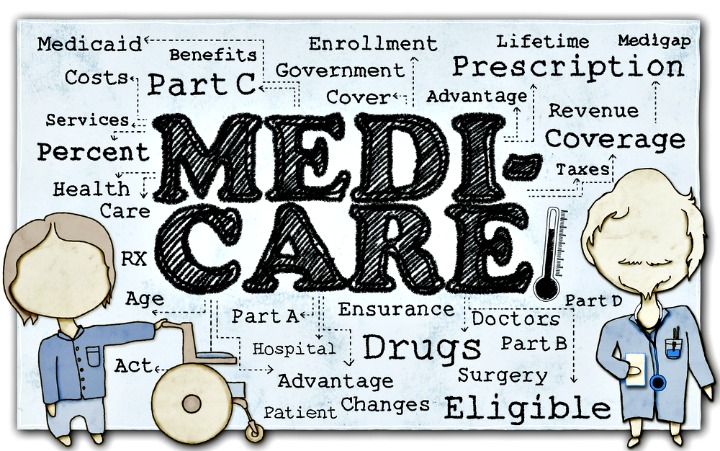Do You Need Medicare Advantage or Supplemental Insurance?

One of the most confusing things when signing up for Medicare is figuring out how to obtain coverage to fill in the gap where traditional Medicare leaves off.
You can choose with to go with Medicare Advantage, known as Medicare Part C, or enroll in a Medicare supplemental insurance plan. Both options are administered by private health care companies.
Simply put, Medicare Advantage delivers all of your Original Medicare benefits plus additional ones in a single plan. Supplemental insurance, also known as Medigap, supplements your benefits where Original Medicare leave off.
Understanding if you need Medicare Advantage
You have four basic types of Medicare Advantage plans – Health Maintenance Organizations (HMOs), Preferred Provider Organizations (PPOs), Private Fee-for-Service (PFFSs) and Special Needs Plans (SNPs).
In most HMO plans, you can only go to doctors and hospitals on the plan’s list except in the case of an emergency. You may also need to get a referral from your primary care doctor to see a specialist.
In a PPO plan, you pay less if you use doctors, hospitals and other health care providers that belong to the plan’s network. You can choose to go “outside of network,” but expect to pay more if you use doctors, hospitals and other medical providers outside of the netw ork.
ork.
A PFFS plan is offered by a private insurance company. The plan determines how much it will pay doctors, other health care providers, and hospitals, and how much you must pay when you get care.
Medicare SNPs are a type of Medicare Advantage Plan (like an HMO or PPO). Medicare SNPs limit membership to people with certain diseases or characteristics, and tailor their benefits, provider choices and drug formularies to best meet those needs.
If you go the route of Medicare Advantage, costs will more predictable.
The Centers for Medicare and Medicaid Services estimates that the average Medicare Advantage monthly premium will decrease by $1.19 (about 4 percent) in 2017, from $32.59 on average in 2016 to $31.40. This would be 13 percent lower than the average Medicare Advantage premium prior to passage of the Affordable Care Act.
The majority of Medicare Advantage enrollees (67 percent) will experience no premium increase.
“Medicare Advantage and the prescription drug benefit continue to be a great option for seniors and people living with disabilities,” says Andy Slavitt, CMS Acting Administrator. “Medicare enrollees will continue to have access to predictable premiums and high quality care.”
Enrollment is projected to increase to 18.5 million enrollees next year, a 60 percent increase from 2010. In 2017, 32 percent of all Medicare enrollees will be in a Medicare Advantage plan compared to only 24 percent in 2010.
Understanding Medicare supplemental insurance
A supplemental policy (also known as Medigap) will help pay copayments, coinsurance and deductibles. Some Medigap policies also offer coverage for services that Original Medicare doesn’t cover, such as dental and vision care.
Cost can vary greatly.
Here are four things to know about Medicare supplemental insurance:
- You will pay a private insurance company a monthly premium for the policy in addition to the monthly Part B premium you pay to Medicare.
- A Medigap policy covers only one person. If you and your spouse both want coverage, you’ll need to buy separate policies.
- You can buy a policy from any insurance company licensed in your state to sell one.
- A policy is guaranteed renewable regardless of health problems. This means the insurance company can’t cancel the policy if you pay the premium.
